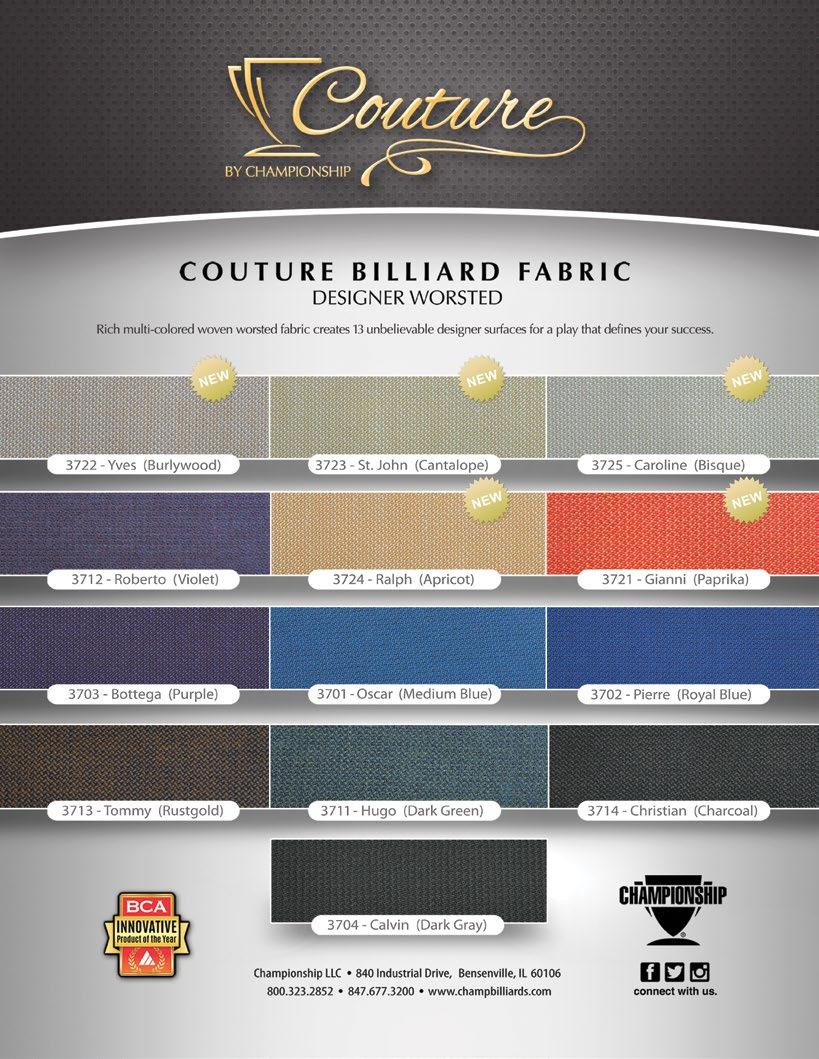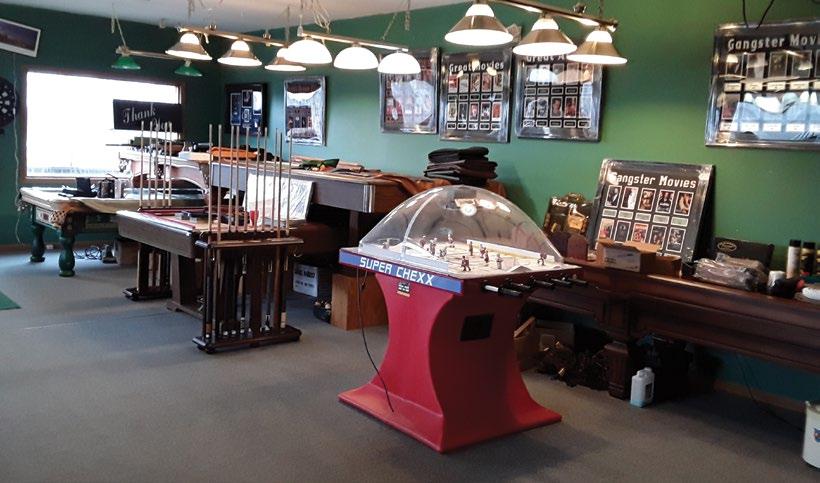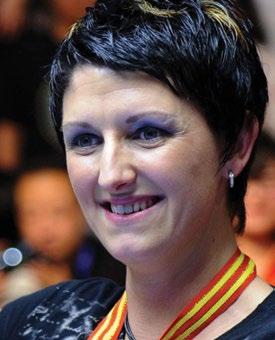
3 minute read
The Billiard Industry Needs Its Bobby Brady
In 1966, at the age of just seven years old, a child pool prodigy named Jean Balukas appeared on the popular American panel game show, I’ve Got a Secret. She befuddled the judges, who were unable to guess her “occupation.” The notion of a bambino billiards player was too outrageous to consider.
The good news is Balukas was no flash in the pan. She became the youngest inductee into the Billiard Congress of America Hall of Fame, and she is widely considered one of the best players of the 20th century.
But, sadly, the judges’ incredulity that someone so young could excel in pool has proven to be eerily prescient. Pool has struggled to generate interest or gain acceptance among children. While it’s hard to find recent data, the National Sporting Goods Association’s 2020 study indicated that just 700,000 children (ages 7-11) had picked up a cue stick and they were half as likely to participate in pool and billiards as the national population. (By comparison, almost five times as many similarly aged children participate in bowling.)
With overall pool and billiard participation in historical decline, the sport is in desperate need of new blood. The opportunity to start anew with a younger demographic is tantalizing. But, the question is how?
The representation of pool in pop cul-
By Jason A. Moss
ture can move the popularity needle, as billiard cinephiles know well. After the release of The Hustler in 1961, sales of pool equipment skyrocketed and the number of pool halls in the U.S. doubled. Similar spikes in interest occurred after The Color of Money was released in 1986.
Unfortunately, to the extent movies and television could ever be a bellwether for tween/teen billiards interest, the cultural pickings are slim. Perhaps, the most famous child player on TV was Bobby Brady from The Brady Bunch. In “The Hustler” episode, Bobby is a disciple of the sport, practicing constantly, beating his brothers in 9-ball, and predicting he will one day become “pool champ of the whole world.” Bobby dreams about pool, shooting while blindfolded and making famous trick shots, such as the six-ball “Butterfly.” He even hustles his father’s work colleague out of 256 packs of chewing gum. For a fleeting moment, Bobby could have been his generation’s cultural pool avatar. But that was almost 50 years ago!
Since that 1974 episode, I have found just five TV episodes or movies that prominently feature kids playing pool. In 1989, a 10-year-old girl, who is actually a robot (!), shows her billiards excellence in “Minnesota Vicki” from Small Wonder. One year later, Steve Urkel from Family Matters proved his mathematical genius could translate into billiards acumen in “Fast Eddie Winslow.” Then, in a 1996 episode of Saved by the Bell: New Class, high schooler Katie Peterson scored big with her trick shots. Fast forward another eight years and Drake Parker is a pool powerhouse in the “Pool Shark” episode of Drake & Josh.
While these episodes may have garnered a few snickers, they did not have cultural resonance and certainly none had an impact on children’s billiard habits. Incredibly, among movies, the landscape is even more barren; the only movie I could find that features a child player is the barely watchable 2020 film Walkaway Joe about a deadbeat dad and his 14-yearold pool-playing son, Dallas.
In the 2020 New Year issue of BCA Insider, Daniel Bastone provided some great, tactical insights about how to appeal to younger customers. But, if billiards is truly going to have a sporting chance of gaining popularity among Generations Z and Alpha, then the industry needs to move beyond miniaturized pool tables or Ewa Laurance doing “how to teach billiards to kids” videos for parents. The sport needs a pop cultural makeover. The sport needs its next Bobby Brady.
Jason Moss is author of “8 Ball on the Silver Screen” (www.billiardsmovies.com), a blog dedicated to the portrayal of billiards in film and television.







